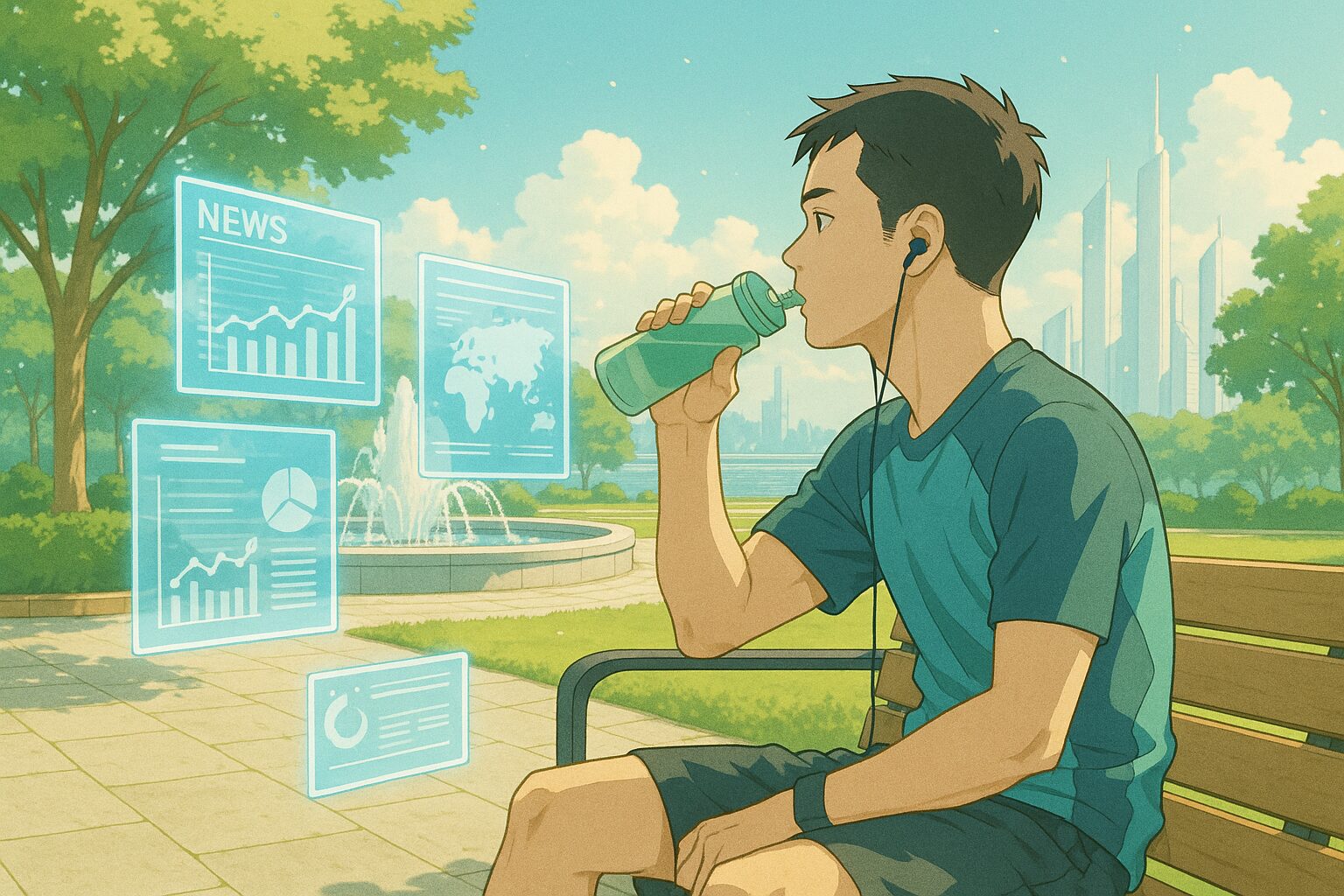What do you think about a future where ‘climate-neutral cities’ become the norm?
Can you imagine our cities becoming models for the world as ‘climate-neutral cities’? Recently, over 100 cities in Europe gathered to share successful examples in addressing climate change. If this trend continues, how will our future change?
1. Today’s News: What is happening?
Summary:
- More than 100 cities in Europe shared their successful experiences and lessons towards achieving climate neutrality.
- As part of the ‘100 Climate-Neutral and Smart Cities by 2030’ project, the EU Cities Mission Conference 2025 was held.
- Local climate actions are expected to have a ripple effect on other cities.
2. The three underlying ‘structures’
① The ‘structure’ of the problems currently occurring
The issue of climate change is caused by greenhouse gas emissions from years of industrial activity. Inadequate social and legal systems, along with existing infrastructure, have exacerbated this issue.
→ ‘Why has this problem occurred now? What mechanisms have led to it?’
② How it connects to our lives
While climate change may seem like a distant issue, it is closely related to our daily choices—such as which mode of transportation to use and which products to choose.
→ ‘How is this issue related to our lives?’
③ Us as ‘choosers’
By making more sustainable choices, we can reduce our impact on climate change. From participating in local community actions to making small decisions in our daily lives, our actions have the power to create change.
→ ‘Will we wait for society to change, or will we change our perspectives and actions?’
3. IF: What will the future look like if we keep moving forward?
Hypothesis 1 (Neutral): A future where climate-neutral cities become the norm
Directly, cities will achieve climate neutrality and establish sustainable infrastructure. This will lead to more efficient energy consumption and significantly change community life. Ultimately, climate neutrality will be accepted as the standard in cities, with environmental awareness becoming ingrained in daily life.
Hypothesis 2 (Optimistic): A future where sustainable lifestyles greatly develop
Directly, due to technological innovations and policy advancements, more cities will achieve climate neutrality. This will lead to the proliferation of sustainable lifestyles and invigorate local economies. Ultimately, the quality of life will improve, and environmental consideration will become the societal norm.
Hypothesis 3 (Pessimistic): A future where local diversity is lost
Directly, uniform policies for achieving climate neutrality may pressure unique local cultures and lifestyles. This could result in the loss of regional diversity, with more homogenized cities. Ultimately, local identities may fade, and individual cultures could be lost.
4. What choices can we make now?
Action proposals
- Increase eco-friendly choices at the individual level.
- Participate in local climate action projects and raise your voice.
- Support policies aimed at achieving climate neutrality.
Thought prompts
- Consider how your actions impact the environment.
- Learn from the successes of other cities and countries and think of ways to apply them in your area.
- Reflect on what can be done to leave a sustainable future for the next generation.
5. Work: What would you do?
- What do you think can be done for your city to aim for climate neutrality?
- What can you practice in your daily life for climate neutrality?
- What unique environmental measures exist in your area?
6. Conclusion: Prepare for 10 years ahead, to choose today
What kind of future did you envision? Please share your thoughts through social media quotes or comments. We look forward to hearing from our readers!









